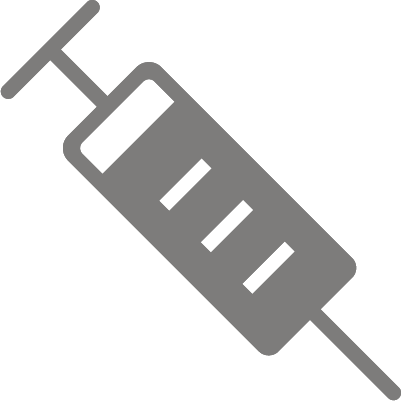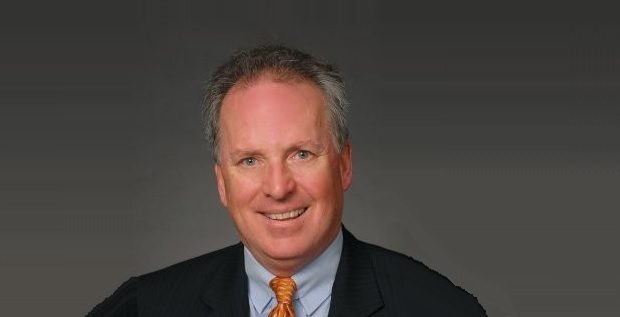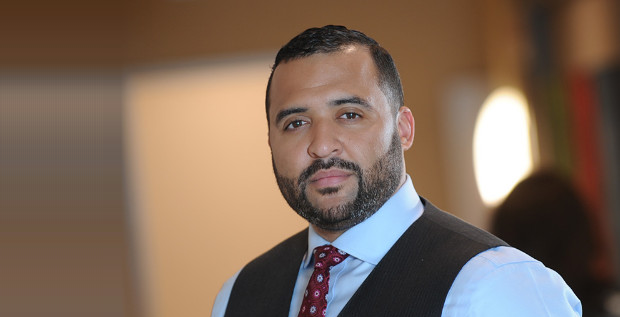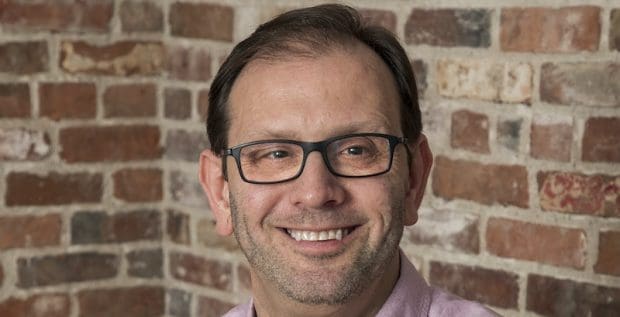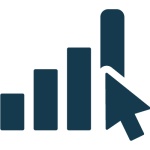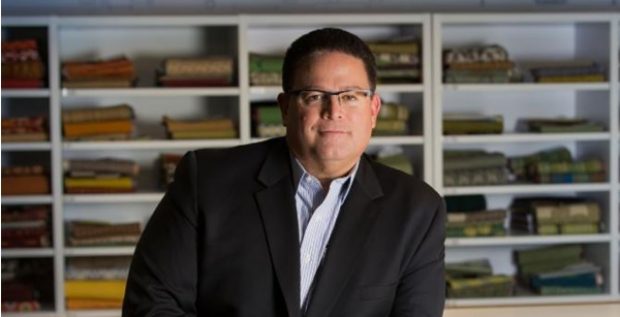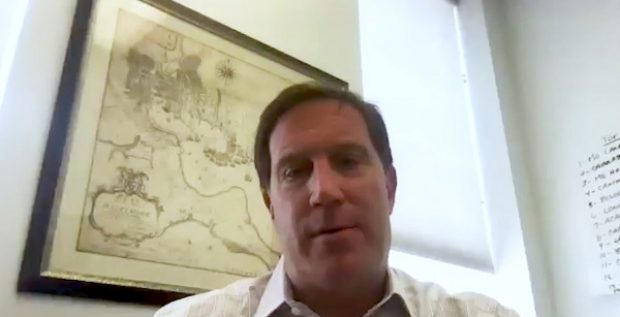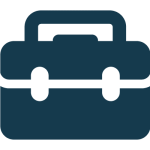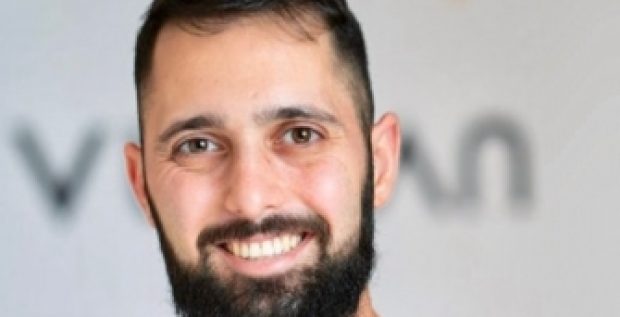M. Jason Brooke is the CEO of Vasoptic Medical Inc., a medical device startup based in Baltimore. Vasoptic is currently developing an array of vascular imaging technology, including a portable device designed to scan patients’ retinas. The tool aims to provide primary care doctors with a non-invasive, cost-efficient alternative to pupil dilation or contrast dyes, allowing a physician to easily detect early signs of blindness and other eye conditions associated with diabetes. The company’s collaborates with institutions such as Johns Hopkins University and the University of Maryland Medical Center. Vasoptic has received financial support from the Abell Foundation, as well as through programs such as the Maryland Center for Entrepreneurship, Tedco, and others.
Jason spoke with Janon Veach, director of development for KatzAbosch, for this interview.
JANON VEACH: What led you to start the company?
M. JASON BROOKE: Actually, it would probably be a surprise to most people for me to say that my goal has always been to be in a leadership position of a small to mid-sized medical device company.
When I was an undergraduate, contemplating becoming a physician, I studied bioengineering with the purpose of going to medical school, with the purpose of becoming an inventor of medical technologies. I had an advisor in the bioengineering department by the name of Art Johnson, who was an inventor of medical technologies himself, and when I asked him for a letter of recommendation for medical school, he said, “Let’s sit down and discuss why you want to go to medical school.” During that conversation, I realized that I wasn’t really sure I wanted to go to medical school. He opened my eyes to the opportunity to develop medical technologies as an engineer, not as a clinician. So, I pursued the engineering path: going to graduate school at Johns Hopkins, working in the industry as a scientist, developing algorithms for pacemakers, defibrillators—really starting to understand how medical technology is developed. All the while, the long term vision continued to find myself in a leadership position at a medical device company.
While I was doing all of that my business partner was developing a technology at Johns Hopkins. We got back together in 2012 to spin out the company. That is Vasoptic. So, it is kind of a somewhat tortuous path to get to the end goal of being in a position to lead a small medical device company.
Q. How did you get involved with the Abell Foundation?
A. We were introduced to the Abell Foundation through a gentleman by the name of David Wise. David is a consultant to the Abell Foundation. He’s an entrepreneur in the healthcare space himself. I was introduced to David through our legal advisors at McDermott Will & Emery, who had worked with David in his past entrepreneurial endeavors.
David and I met. I essentially gave David the overview of what our company is, and what we’re doing and he said, “Well, I’d like to introduce you to Bob Embry at the Abell Foundation because I think that they would be interested in what you’re doing.” So, we had the opportunity to present our pitch to the Abell Foundation—which actually was not that great of a pitch, it was more of a “here’s what we are doing” and “we’re in search of funds,” but we didn’t really necessarily expect to receive funding from the Abell Foundation at that time. I didn’t get very far into my presentation before Bob stopped me, and said “Are you willing to move to Baltimore?” And I said, “of course.” And he said, “Okay, go on.” At the end of the presentation, Bob had very big questions about our technology and about our team. At the end of the presentation it seemed like they were interested in the vision of our company. Despite the fact that we’re a pre-revenue company, we can have a significant impact on Baltimore both economically, from a job perspective, but also from healthcare perspective. Baltimore, for example, has above average rates of diabetes, and the main product that we are developing is a retinal imager for early detection of a condition that causes blindness in diabetes patients. I think that Bob and the Abell Foundation recognized the significant impact and the variety of ways that we can impact Baltimore through investment in our company.
Q. How would you describe your career goals?
A. My goal as an individual in my career is to integrate science technology and the law to promote healthcare. That comes from a passion for developing technology, but also from an understanding of the fact that technologies needs to be developed under a legal regulatory framework that promotes quality, in order to ensure that the output that the technology produces has a meaningful impact on individuals, from a healthcare perspective. To have one without the other, in my view, is actually concerning from a patient’s perspective. If you’re just developing technology without an understanding of the regulations and the need for quality systems, the technology can have really significant deleterious effects on the individual.
Connect with Jason on LinkedIn
